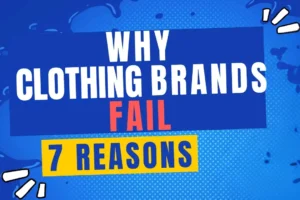
Why Clothing Brands Fail
Top Different Types of Shirts for Women and Men Top Different Types of Shirts for
The Advancements in Waterproofing Jacket Manufacturing Every B2C Jacket Brand Needs to Know
Waterproof, also called Rain jackets, are among the most demanded jackets in the market; due to their ability to block water from entering the jacket, they can save the wearer from a sudden rain rush. But the technology behind them is even more amazing; it’s not just the fabric that is waterproof, but there are various techniques that are used to make these jackets completely waterproof. So let’s have a look at new advancements in waterproofing jacket manufacturing and why B2C jacket brands need to care about waterproof jackets.
People who enjoy outdoor activities and professionals want jackets that can handle different weather. They expect these jackets to work well. A waterproof jacket shields against rain, snow, and moisture, keeping the wearer dehydrated and relaxed. This feature sets your product apart from the rest in the market, and it shows that your brand is known for its quality and innovation. Creating a waterproof jacket using the most advanced waterproofing technology lets you offer more customer devotion because customers will appreciate the great performance of your waterproof jacket when used in difficult outdoor or working conditions. This loyalty comes from both acts as well as the confidence that your product meets their needs.
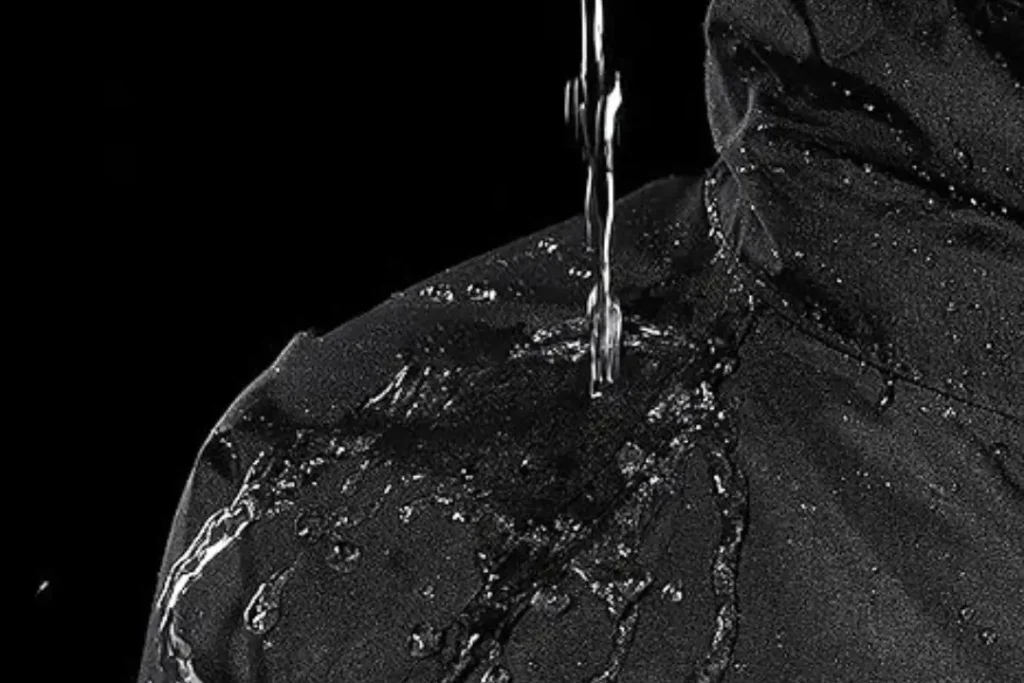
Waterproof jackets serve many purposes, which makes them crucial for various marketplaces. Here are some of the key areas where they come in useful:
When considering waterproofing options for your jackets, it is vital to know about the old waterproofing methods used in the industry for so long. Two common methods are coatings and fabric treatments.
Knowing these old methods is important as you decide if they meet the requirements of today’s outdoor users who want high-quality gear.
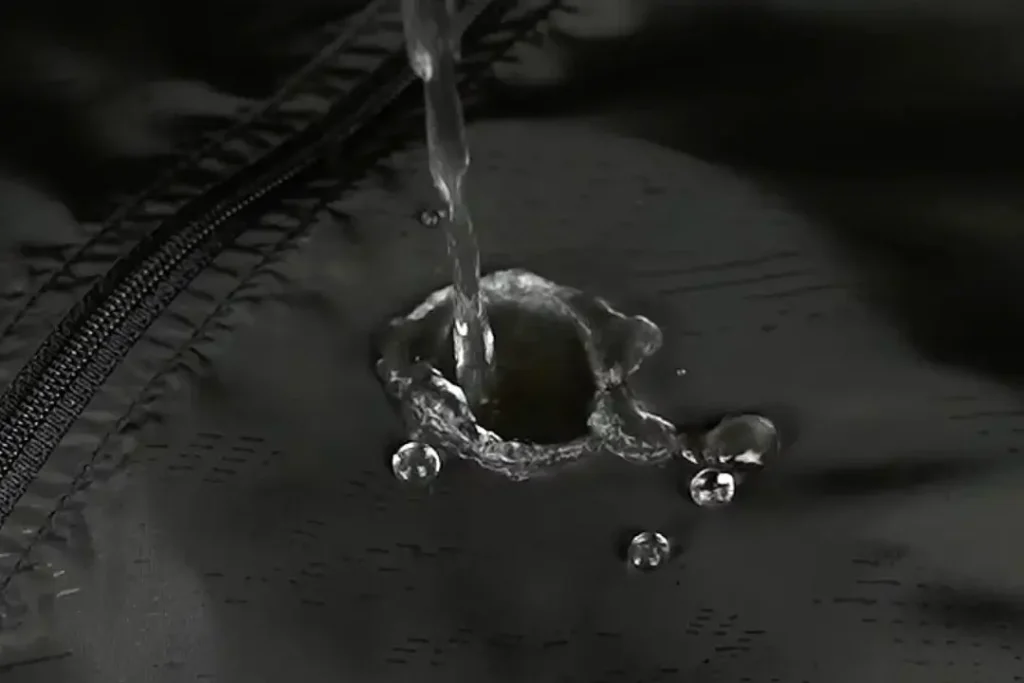
Even though old waterproofing procedures have been cast-off for years, they have their drawbacks. As a business focused on staying competitive, knowing these issues can support you improve your products.
In 2025, membrane-based waterproofing is leading the market, changing how we view waterproof clothing. Popular brands like GORE-TEX, event, and Sympitar practice special membranes that keep water out while letting sweat escape. This is important for people who love outdoor activities and want well-being and performance.
For your business, the adoption of these advanced membranes will help give you an edge among competitors. Membrane-based waterproofing is easy to sell, and you can market your jackets as high-quality products where customers are willing to spend more for good items. The use of well-known membrane technologies will boost your brand’s name and appeal to customers who prefer top performance.

As people become more environmentally conscious, new DWR coatings have emerged to meet this demand for eco-friendly options. The newer PFC-free DWR coatings make an excellent alternative to older chemical coatings. These are great green options that can lessen the chemical influence of your products while keeping them water-resistant for a long time.
These improvements also develop performance. Using DWR coatings that work well, your jackets can stay water-resistant longer, meaning less need to reapply. Marketing your products as eco-friendly and strong can make your brand more attractive to today’s responsible shoppers.
Nano-coating technologies have altered the face of waterproofing with jackets. This approach uses incredibly thin, transparent, waterproof layers, which are ideal for lightweight jackets. They easily repel water but stay flexible and breathable enough so that a person may continue to enjoy comfort even under intense activity.
For your brand, this technology can mean high-performance jackets to meet the customers’ needs for light and flexible clothing. The coatings can help your products stand out for those who value both function and style.
Another advanced technology that advances its waterproof performance is the laser-welded seams, which get rid of any traditional stitching that may potentially let water in. Therefore, this method creates quite leak-resistant seams.
For jacket manufacturers, using advanced seam welding not only makes jackets more durable but also improves their look. This seamless technology gives a clean, modern appearance that demands customers wanting both style and function. Investing in laser-welded seams lets you offer a first-class product that stands out in a busy market.
Lastly, hybrid technologies permit customized waterproofing solutions. Combining different waterproofing methods, such as breathable membranes with DWR coatings, allows you to make jackets that perform well for specific needs.
This flexibility helps your brand reach an inclusive category of customers from athletes who require lighter options to outdoor lovers who need to have jackets for all sorts of weather. Offering bespoke solutions can help your brand be at the forefront in the industry and attract a wide array of customers who want quality and versatility in their gear.
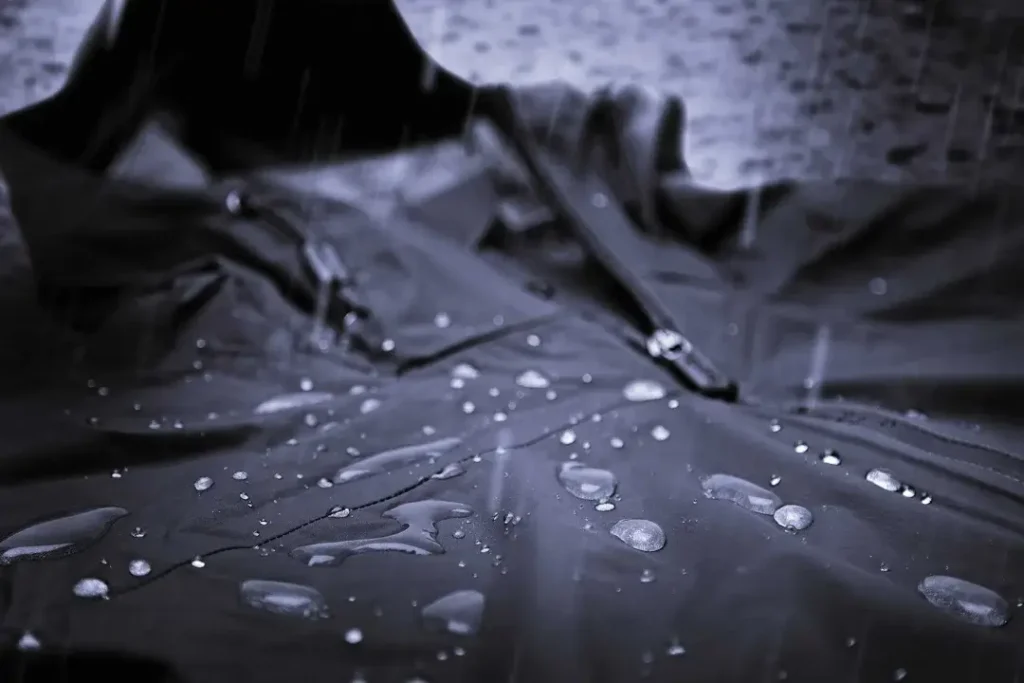
Nowadays, people talk more about being eco-friendly, so bio-based coatings is a central step in waterproofing that benefits the environment. These coatings are manufactured from renewable materials like plant-based polymers, and hence they are a much better choice than regular chemical coatings. Using bio-based options will decrease your brand’s dependence on fossil fuels and help the planet.
For example, a company made waterproof jackets using bio-coatings from plants. This change greatly reduced their carbon footprint and charmed customers who care about the environment. The company gained more trustworthy customers who liked their commitment to sustainability. The use of bio-based coatings will present your brand as a factor in the environment, and that means more customers will buy what is eco-friendly.
Another way to be eco-friendly in waterproofing is to use recycled materials in making jackets. Consuming recycled fabrics helps brands cut down on waste and make better use of what is already available. This not only lessens the environmental impact but also supports the sustainability goals many brands aim for.
Using recycled materials can be a strong selling point for your B2C brand. More customers know their effect on the planet and prefer brands that show they care about sustainability. You can connect better with your audience by sharing the story of your recycled fabrics, including where they come from and how they are made into high-quality waterproof products.
It does even more than that: it helps reduce waste. It builds your image as a responsible company that values sustainable practices, which will support you in standing out in a crowded market. This can also promote new partnerships since other brands are inclined to work with suppliers who are known to be environmentally responsible.
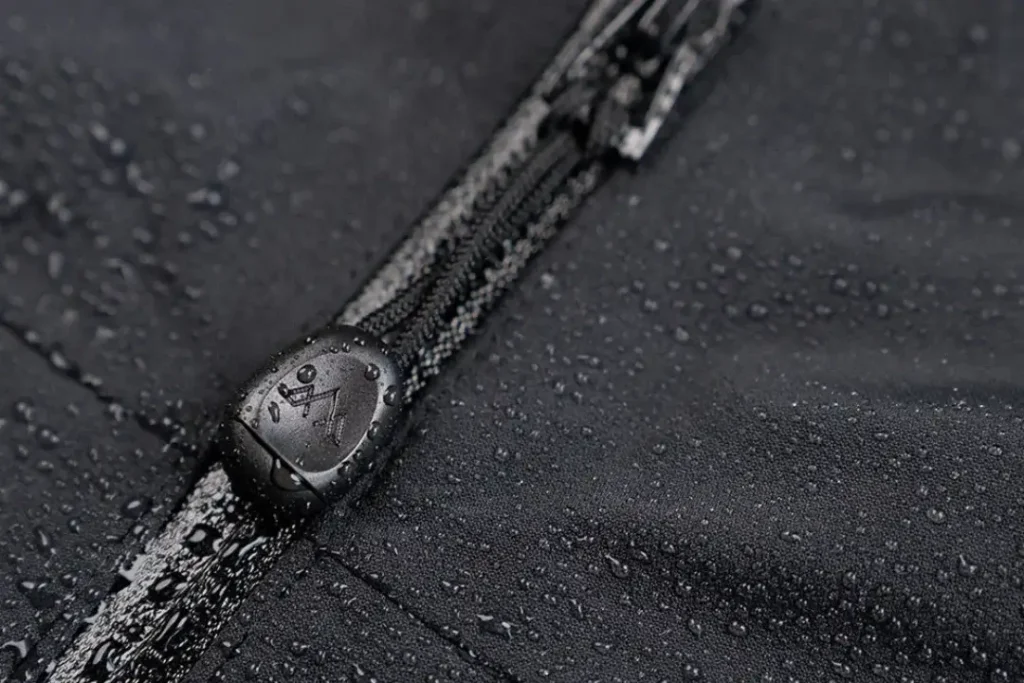
As a jacket maker, it’s very important to check the quality and presentation of your waterproof products. Doing thorough quality testing services ensures your jackets meet industry standards and customers’ expectations. Here are some basic tests to think about for waterproofing:
By using these common tests, your brand can confidently show the high quality of your waterproof jackets, making them more pleasing to customers.
In addition to testing, getting certifications can prove your jacket’s waterproof performance and overall quality. Here are some chief certifications that can boost your brand’s trustworthiness:
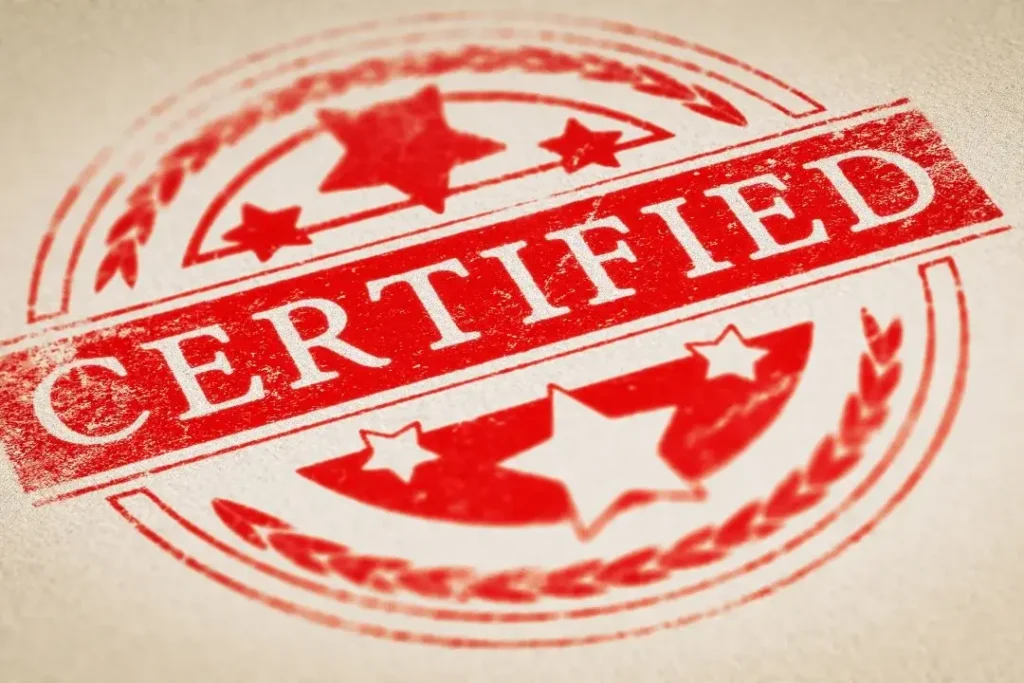
The benefits of investment in better waterproofing technologies extend beyond pure product performance. You get happy customers, price leadership in competition, and huge long-term savings, which would set your brand up for success in a rapidly changing market. Your decision to focus on quality and innovation can secure the future of your business and lead you to become a leader in the manufacturing of jackets.
Better waterproofing technologies make customers happy. Modern-day purchasers want strong, quality jackets that can withstand extreme conditions. Using the latest waterproofing procedures will guarantee you meet and even exceed the expectations of today’s consumers, thus resulting in better reviews and more trustworthy customers. When people trust your product to keep them dry, then they are likely to go and share their good experiences with others, maybe telling friends or writing online reviews. Then comes repeat purchases as satisfied customers come back, with confidence in your brand’s quality. In the end, that is how investing in good waterproofing helps build a good brand standing and a loyal customer base.
In a competitive market, to stand out, quality waterproofing should be offered. The quality-conscious customer is willing to pay the extra cost for good-performing jackets. The more you care about your waterproof products, the higher the quality and steadfastness. That is what the customer has come to expect from the high-performance clothing and proves your brand is advanced. Advancement into deep waterproofing can be justification in itself, enabling you to get a market for which more investments should be made for good-quality products. A better quality attracts the market, and thus, as one gets noticed for quality, those benefits will clear up and help you make progress, improving your condition towards competition.
Investing in better waterproofing technologies might be expensive at first, but long-term savings can be vast. First, durable waterproof jackets lead to fewer product returns and warranty claims. When customers get quality products that work well, they are less likely to have problems, and that means fewer returns and replacement costs for your business.
Additionally, you will save money on fulfilling the rules of the environment because of the use of biodegradable waterproofing innovative jacket materials. The more the rules regarding sustainability are strengthened, the more a brand that is eco-friendly will avoid fines and attract more people who care about sustainability. Investing in better waterproofing today will save you money later and help protect the environment, thereby refining your brand’s reputation among the concerned buyers.
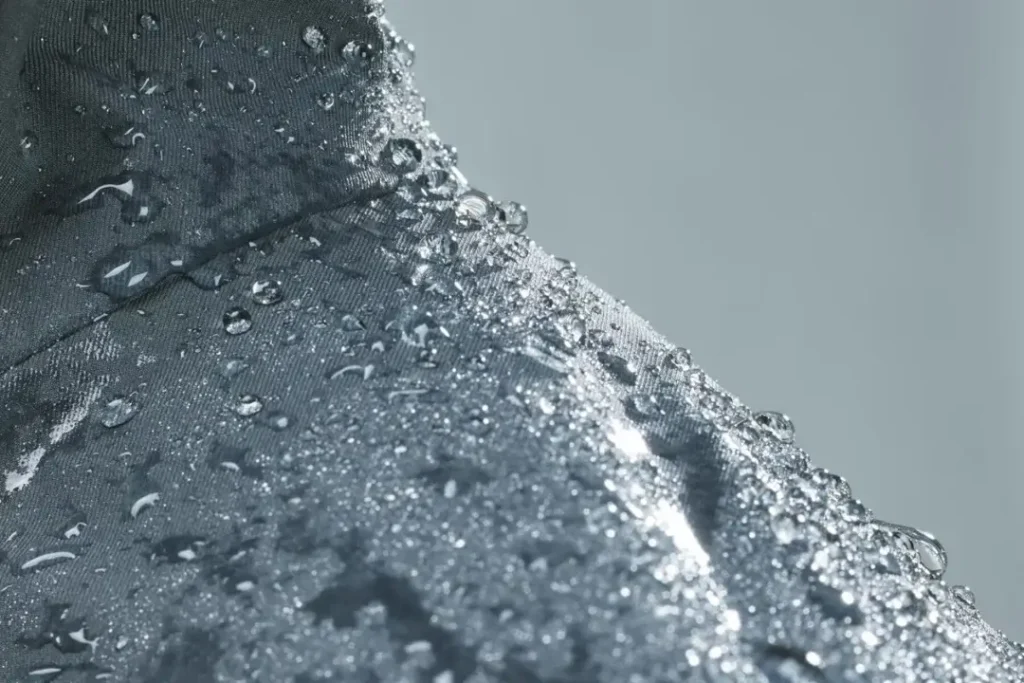
Among the problems facing users in employing advanced waterproofing technologies is the high initial cost of tools. To use high quality, one has to experience costly initial expenses that are characterized by the expense of modern machines that are designed for new technologies as well as particular materials meant for quality waterproof coatings.
But it is possible to save for such initial expenses. One option would be to partner with specialized manufacturers who already have the needed technology and skills. You can, therefore, benefit from their expertise and lower your initial expenses. This can also give you access to new technologies without spending too much money right away, and it will give you insights from experts in that field. Working with research-oriented companies can keep you innovative and upgrade your products.
The other challenge is the training requirement while using new waterproofing processes. When you shift to advanced technologies, you need to train your teams about the new systems. Workers must learn not only how new materials work but also how to safeguard quality and meet performance goals.
An easy transition requires investment in training programs. You might involve material scientists and engineers in conducting workshops and hands-on training for your workforce. The knowledge and skill-building for your team using the new waterproofing technology improves your products’ productivity and quality. Investing in your workers inspires origination while maintaining high standards during production.
Another challenge when using advanced waterproofing technologies is following the environmental rules. Governments are tightening regulations on chemical use in textile production, so meeting these rules is very significant. It can be time-consuming and difficult to understand what is required in different markets.
Therefore, handling the challenge requires knowledge and current awareness of regulations and best practices to follow. Strong networking relationships with compliance experts assist one in understanding and, hence, implementing rules that will prevent you from being fined and harming your reputation. Also, consider adopting environment-friendly materials procedures that are in position with regulatory requirements and suit a more environmentally conscious clientele. Environmental concerns can help promote a brand’s responsibility for sustainability, making your product or service more competitive.
Using better waterproofing technologies in jacket manufacturing is very important for B2C jacket brands. It helps improve their products and meet what customers want. Using new methods such as eco-friendly coatings, breathable materials, and small technology, your brand can make jackets that perform better, last longer and feel calmer. This also shows that your brand cares about the environment, which is important to many modern customers. Focusing on quality and being eco-friendly can make your brand stand out and attract customers willing to pay for good products. It can also make your production process more competent and less wasteful, which means better profits. Revolution is key to staying ahead in the very fast-changing world of clothes. Talk to experienced manufacturers who know about waterproof solutions to successfully apply these new technologies. This will give you helpful advice and support and let you use the latest materials, thereby getting the maximum from your investment. In the end, using high-tech waterproofing is about enabling your brand to bring high-quality products to its customers and promote sustainability, which would contribute to a happy customer base and successful business. Take this chance to work on improving products and lift your brand’s profile in the jacket market.
GORE-TEX and eVent are the best due to their strength and effectiveness.
DWR is a surface application, whereas membranes are layers that are integrated into the water-resistant product.
Yes, most of the above eco-friendly methods perform better than their counterpart non-eco-friendly matching parts.
Tests include the hydrostatic head test, spray test, and checking seam strength.
Working with jacket manufacturers that offer flexible solutions can help small businesses access good waterproofing.
Expert Custom Clothing Manufcaturer

Top Different Types of Shirts for Women and Men Top Different Types of Shirts for

What You Must Know About Clothing Samples? Before You Produce a Single Garment: What You

How Much Does It Cost To Make a Hoodie A Complete Cost Breakdown for Custom

Discover the Types of Buttons Discover the Types of Buttons That Transform Style and Functionality
Most Recent Posts
Expert Custom Clothing Manufcaturer
Join our Mailing list!
Get all latest news, exclusive deals and updates.